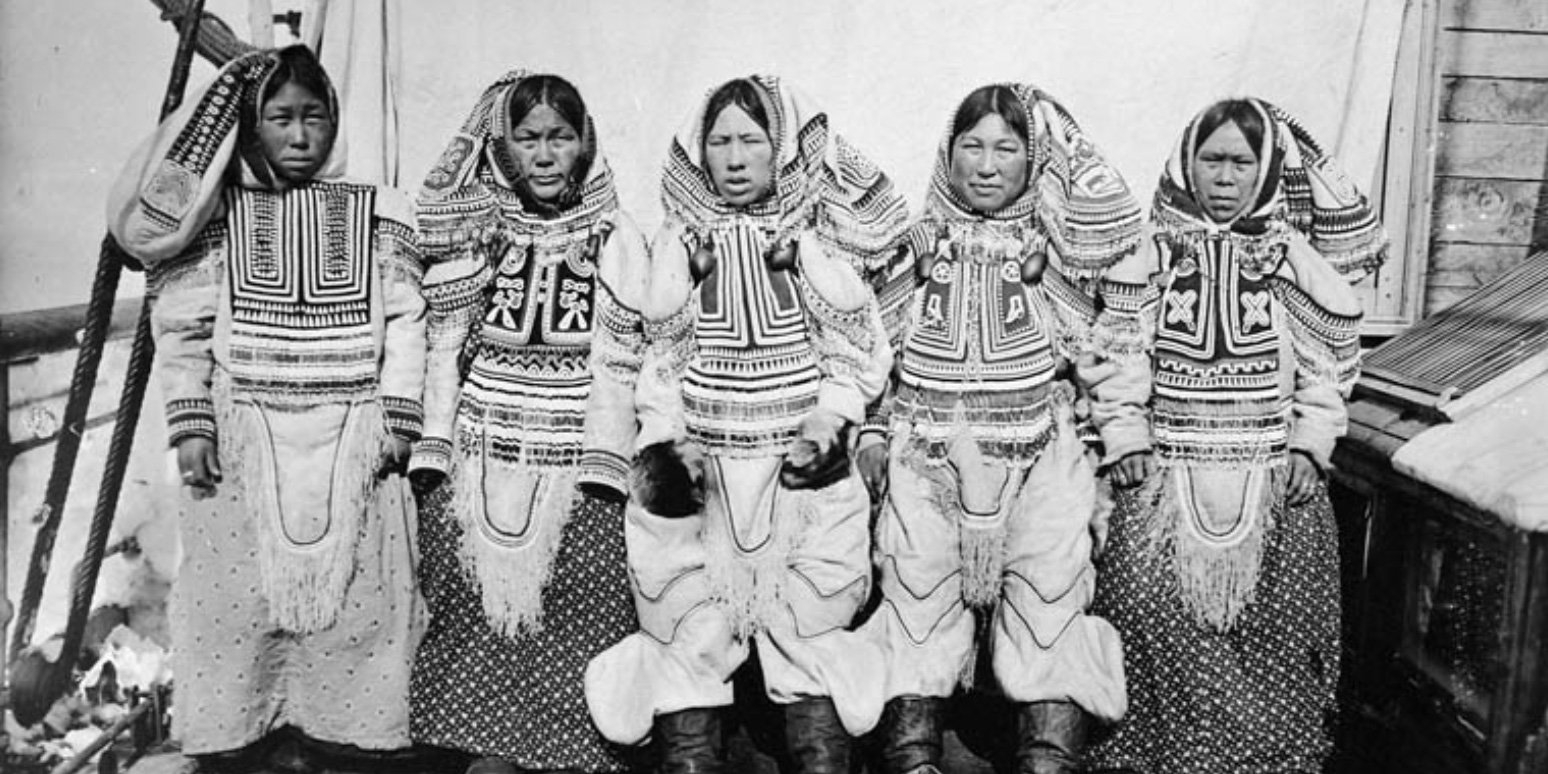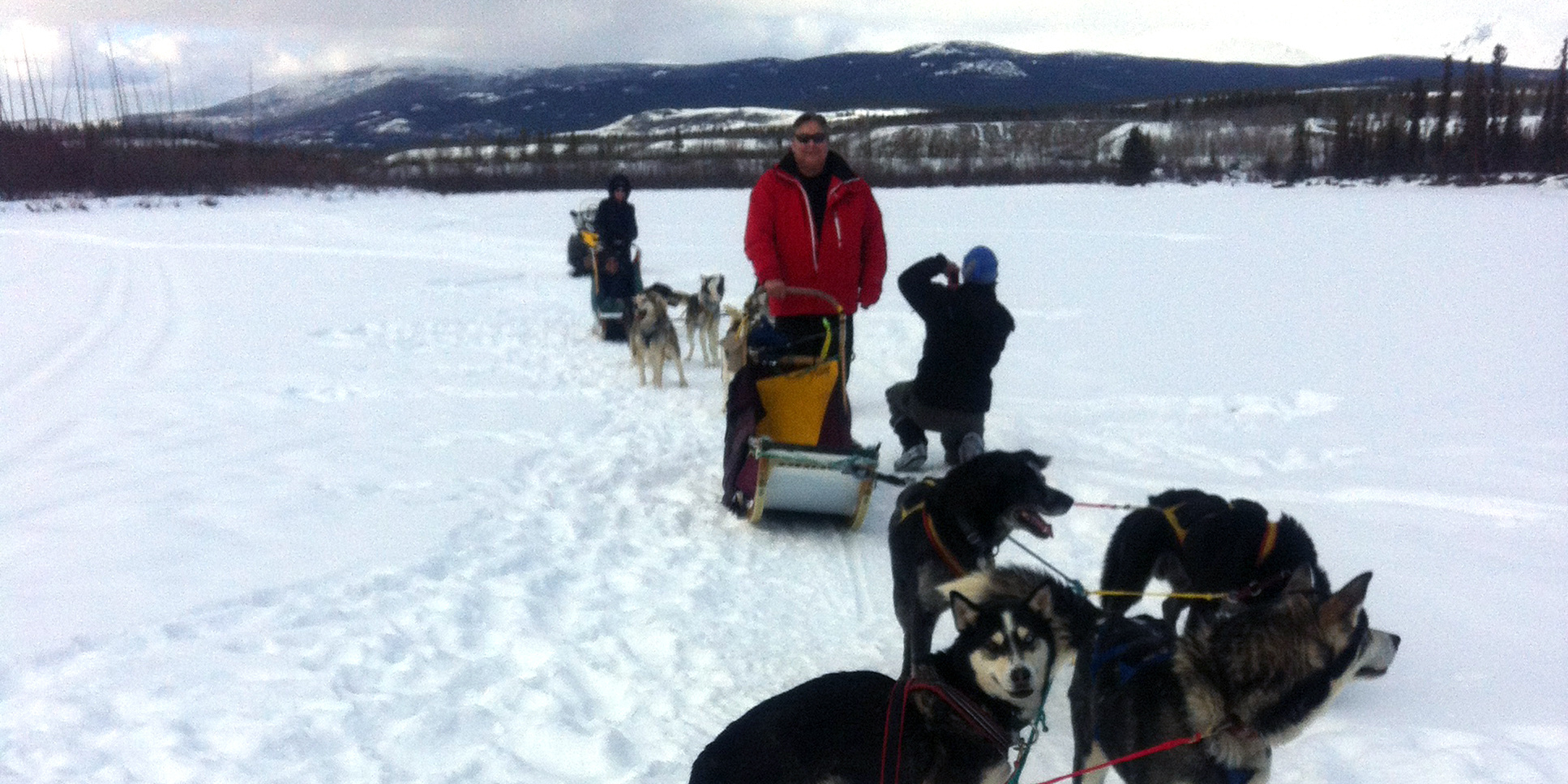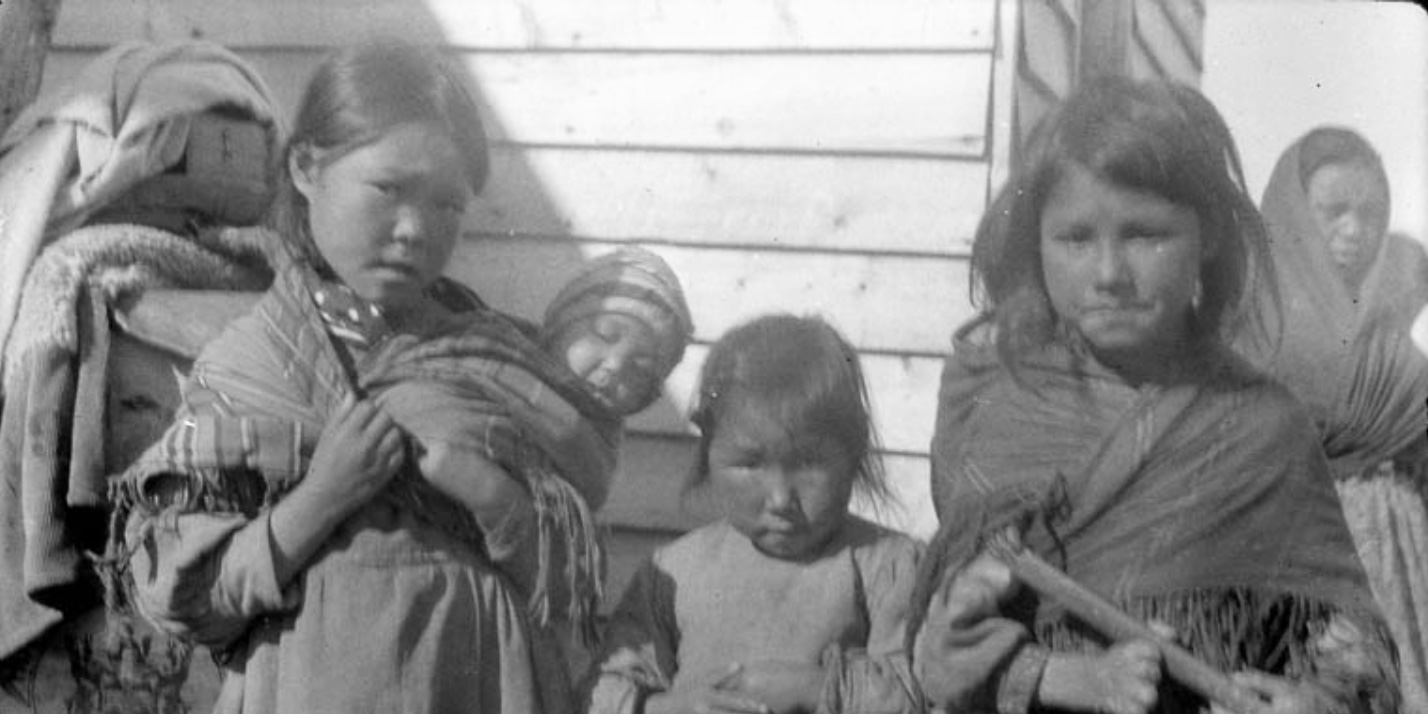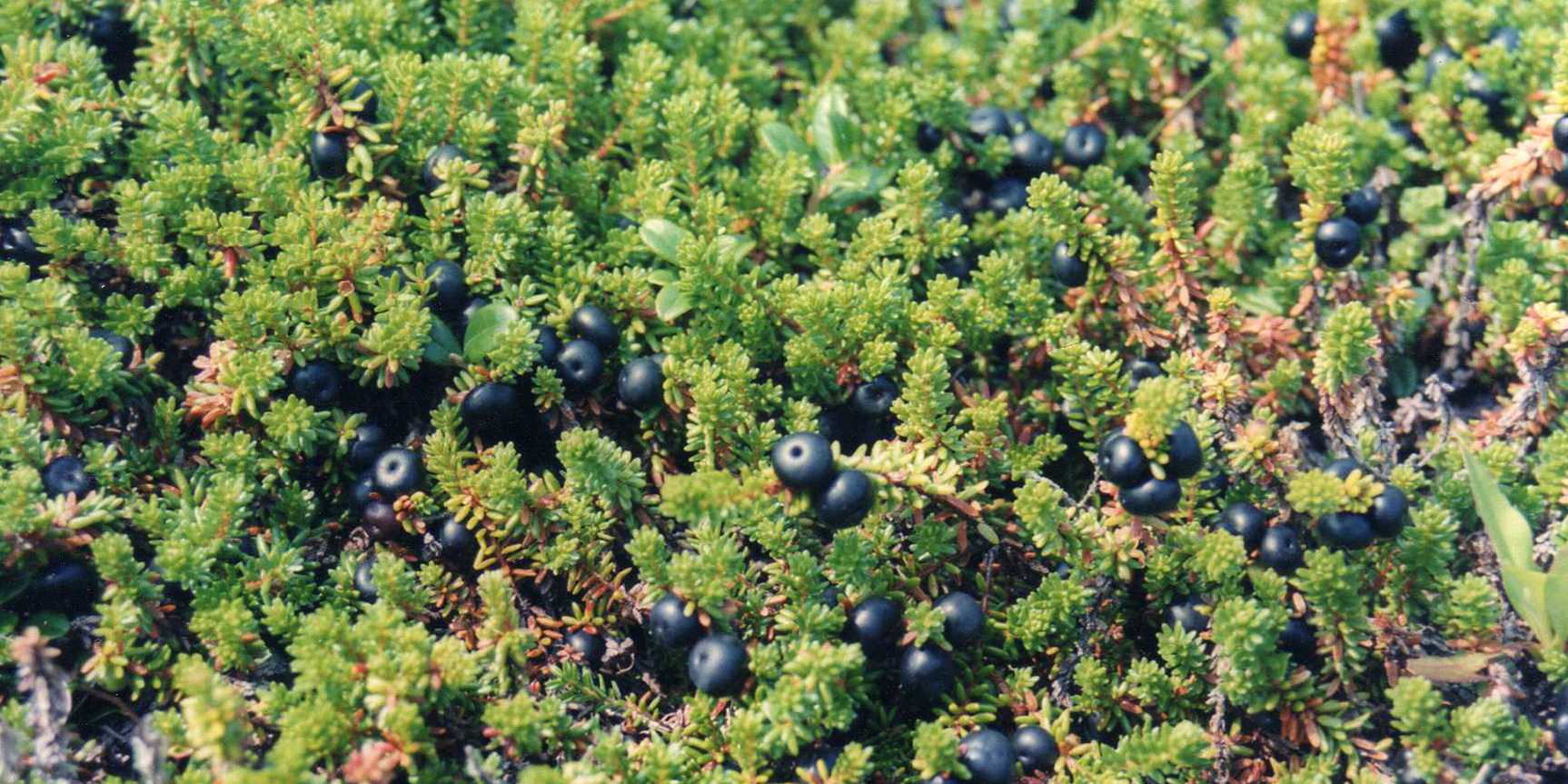The Inuit Dog and My Adventure Outside Whitehorse, Yukon
Earlier this week I delivered a pre-conference Working Effectively with Indigenous Peoples® training session at the 3rd annual Yukon First Nations...

The Inuit were identified as one of Canada's three distinct Aboriginal peoples in the Constitution Act of 1982 and as such Inuit have their own unique histories, language, cultural practices and spiritual beliefs as well as relationships with Canada.
The following are three mistakes people make when working with the Inuit:
In the Inuktitut language, the term Inuit translates to "the people". Knowing the translation helps us avoid a common mistake people make when working with the Inuit when they make statements such as "we are committed to working with the Inuit Peoples ". If you picked up on the words you would realize that the maker of such a statement is actually saying "we are committed to working with the peoples peoples". To avoid this mistake, it would be correct to state that we are committed to working with the Inuit. "Inuit" is plural, and it also serves as the adjective; one person is an Inuk.
It is true that the Inuit fall primarily under the responsibility of Aboriginal Affairs and Northern Development Ministry whose role is to support Aboriginal people including Indians, Inuit and Métis and Northerners in their efforts to:
It is not true though that they are treated the same as First Nations. For example, consider the fact that the Inuit are not covered under Canada's Indian Act, which is also a responsibility of Aboriginal Affairs and Northern Development. Further, many Indian Bands have changed their names to First Nation, in some instances to embrace and promote the connotation of being here first. In this sense, the Inuit were here first but do not appreciate being labelled a First Nation because they are treated differently than the First Nations by the Aboriginal Affairs and Northern Development Ministry.
If Inuit liked the term Eskimo they would have insisted it be included in Section 35 of the Constitution Act. Obviously, they did not insist and opted for Inuit instead. As time marches on we see less and less use of the term Eskimo.
Featured photo: Kenipitu women in beaded amautiit, Cape Fullerton (Qatiktalik). Photo: A.P. Low / Library and Archives Canada / PA-053606

Earlier this week I delivered a pre-conference Working Effectively with Indigenous Peoples® training session at the 3rd annual Yukon First Nations...

The Inuit of the world are a group of culturally similar Indigenous Peoples who live in the Arctic regions of Canada, Denmark, Russia and the United...

Looking for an adventure five years ago, I travelled to a small Inuit community in Nunavut. I quickly discovered teaching Inuit children is a rich,...